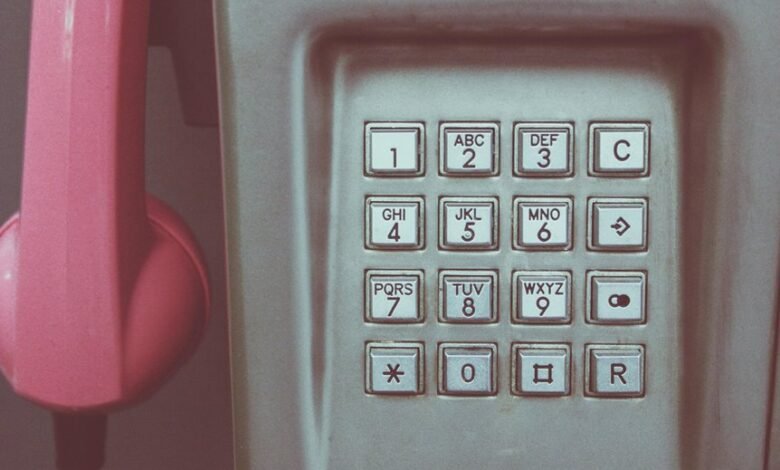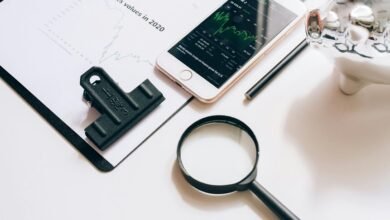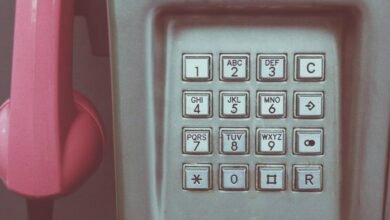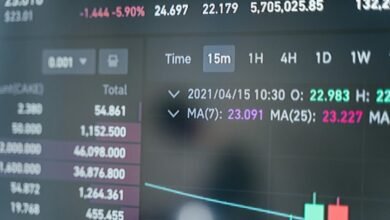Who Called Me From 18339811372, 18339870378, 18442017176, 18442349014, 18442432303, and 18442792537? Verify Now

Numerous individuals have reported receiving calls from the numbers 18339811372, 18339870378, 18442017176, 18442349014, 18442432303, and 18442792537. These unknown calls raise questions regarding their legitimacy and potential risks. The importance of verifying such numbers cannot be overstated, as they may be linked to scams or unwanted solicitations. Understanding the origins of these calls is crucial. What measures can be implemented to ensure safety from potential threats?
Understanding the Nature of Unknown Calls
Why do unknown calls provoke such a spectrum of reactions among recipients? This phenomenon can be attributed to the nature of unwanted communications and varied caller motivations.
Recipients often grapple with anxiety, curiosity, or suspicion, influenced by past experiences and societal norms.
Understanding these dynamics is essential for navigating the complexities of modern communication and asserting one’s freedom in deciding which interactions to engage with.
How to Identify and Verify Phone Numbers
Unwanted communications can lead individuals to seek methods for identifying and verifying unknown phone numbers to mitigate anxiety and uncertainty.
Implementing phone number verification techniques and utilizing caller ID services can provide clear insights into the identity of the caller.
These tools enable users to discern legitimate communications from potential threats, thereby enhancing their ability to make informed decisions regarding incoming calls.
Tips for Protecting Yourself From Scams
As individuals navigate the complex landscape of modern communication, implementing effective strategies to protect against scams becomes essential.
Enhanced scam awareness involves recognizing warning signs, such as unsolicited calls. Employing caller verification methods, such as cross-referencing phone numbers online, significantly mitigates risk.
Additionally, utilizing call-blocking technology ensures a proactive approach to safeguarding personal information from potential fraudsters, fostering a sense of autonomy and security.
Conclusion
In an age where communication technologies flourish, the shadow of uncertainty often accompanies unknown calls. By employing verification tools and exercising due diligence, individuals can navigate these murky waters with greater confidence. Ultimately, the act of verification serves as a safeguard, transforming potential anxiety into informed awareness. In this intricate dance with the unknown, vigilance remains paramount, ensuring that one’s personal information remains a closely guarded treasure, untouched by the whims of unforeseen callers.







